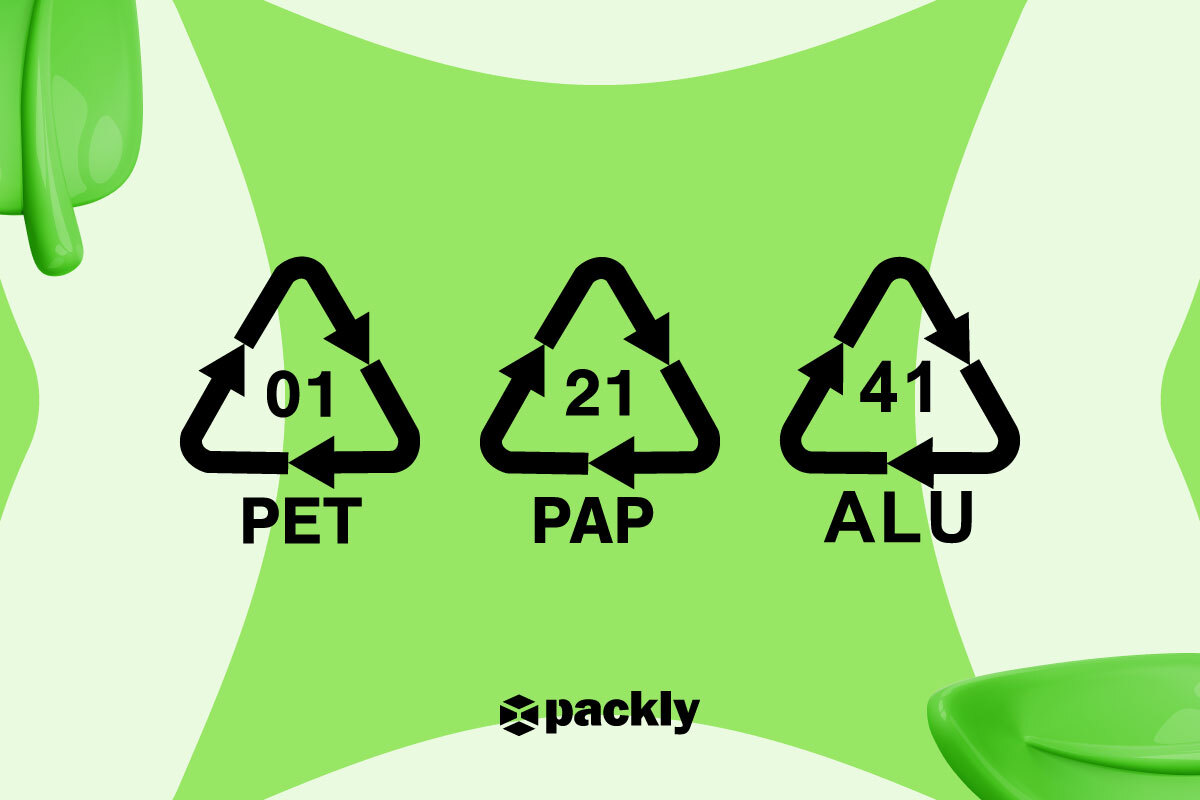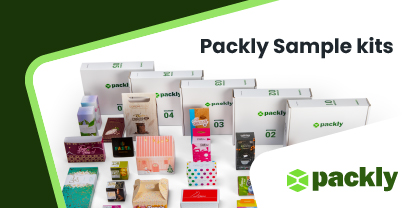In 2025, Ecolabel of packaging will no longer be a choice of individual producers but an obligation. Companies operating in the packaging sector must face this challenge with awareness and proactivity. But what exactly does Ecolabel mean? Who is obliged to comply with the regulations? And how can these obligations be transformed into opportunities for growth and sustainability?
This article will provide a complete and up-to-date guide on Ecolabel, answering all your questions and offering practical solutions to comply with your legal obligations. You’ll discover how environmental labelling can improve your brand’s reputation, attract new customers, and reduce the environmental impact of your products.
What is Ecolabel?
Ecolabel is a communication system designed to inform consumers about the environmental impact of packaging. Its main objective is to provide clear indications on the composition of materials and correct disposal at the end of their life, promoting virtuous behaviors such as separate waste collection and recycling. In this way, environmental labelling contributes concretely to the transition towards a circular economy, where waste becomes resources and pressure on the environment goes down.
The importance of these labels goes beyond simple information: they represent a fundamental tool for increasing citizens’ environmental awareness and encouraging companies to adopt environmentally friendly solutions, such as sustainable packaging.
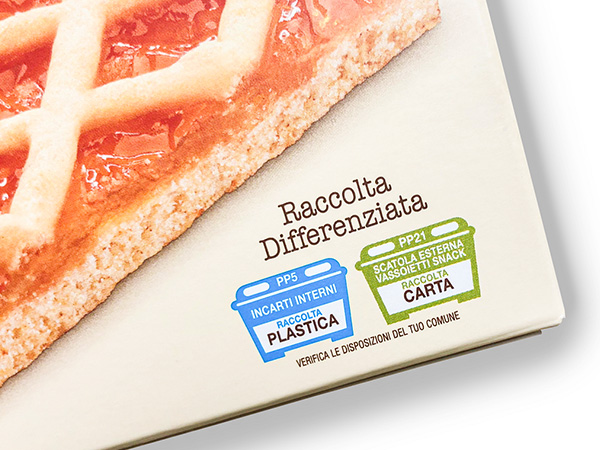
Who has the Ecolabel obligation?
All companies that market packaging for B2B (business to business) and B2C (business to consumer) are subject to Ecolabel obligations. This means that manufacturers, importers, distributors, and retailers must ensure that their products’ packaging correctly reports the information required by the regulation.
In practice, it does not matter whether you sell retail or wholesale: if you package products in physical packaging, you must label them in compliance with legal provisions. This principle also applies to e-commerce companies, which often use packaging to ship products.
Current legislation: obligations and deadlines
The reference legislation in Italy is Legislative Decree 3 September 2020, n. 116, which has implemented the European directives on waste and packaging (EU Directive 2018/851 and EU Directive 2018/852). This decree introduced important innovations for environmental labelling, making it mandatory for all packaging placed on the market starting from January 1, 2023.
The primary obligations envisaged are:
- The indication of the material the packaging is composed of, according to the alphanumeric codes provided by Decision 97/129/EC.
- Information for separate waste collection must be clear and easily understandable.
- Legible and indelible labeling is applied directly to the packaging or to supports such as bands, adhesive labels, or tags.
Companies that fail to comply with these obligations may incur administrative sanctions, which vary depending on the severity of the violation.

What is meant by labelling?
When we talk about Ecolabel, we refer to all the information on the packaging that concerns its composition, end-of-life management, and final destination. The aim is to clarify to the consumer how to correctly dispose of each part of the packaging: paper, plastic, glass, metals, or mixed materials.
For example, an appropriately crafted label should indicate:
- The identification code of material. (is: “PAP21”)
- The collection indication (e.g., “Plastic collection”).
- Any warnings (e.g, “Check the provisions of your Municipality”).
This information must always be visible, legible, and easily interpretable.
How to correctly label packaging: codes and symbols
To comply with regulations, environmental labels must use standardized codes and symbols. The most common are:
- Alphanumeric codes: identify the type of material according to Decision 97/129/EC. Examples:
- PAP 21: paper
- PET 1: PET plastic
- ALU 41: aluminium
- Recycling symbols: like the well-known “Möbius triangle”, which indicates that the material is recyclable.
- Collection information: “Paper collection” or “Plastic collection”.
These elements must stand out clearly and, where possible, use simple language to facilitate everyone’s understanding.
Practical examples of Ecolabel
Here are some examples to better understand how to apply environmental labelling correctly:
- Plastic packaging:
- Code: PET 1
- Indication: Plastic collection
- Recycle symbol
- Paper and cardboard packaging:
- Code: PAP 21
- Indication: Paper collection
- Aluminum packaging:
- Code: ALU 41
- Indication: Aluminum collection
Depending on the characteristics of the packaging, this data can be printed directly on it or reported on adhesive labels or bands.
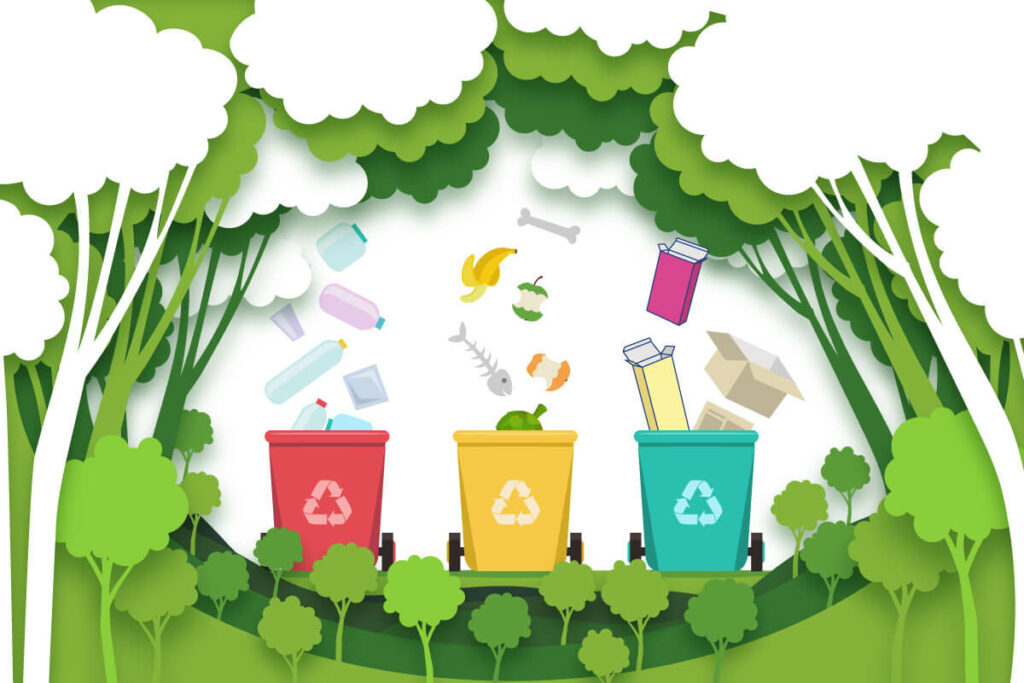
What are the criteria for adequate Ecolabel?
Respecting some key criteria is essential to ensuring an environmentally effective label. First, the information on a product’s environmental impact must be clear, accurate, and easily understandable for consumers.
Labeling must be based on verifiable and updated scientific data, avoiding any form of greenwashing or misleading information. Furthermore, it should cover the product’s life cycle, including production, use, and final disposal. The standards and criteria must be transparent and comply with nationally or internationally recognized regulations.
Another crucial aspect is the comparability between similar products, which allows consumers to compare options regarding environmental sustainability easily. Finally, adequate labeling should come with credible and recognized certification programs, guaranteeing the reliability of the information reported on the label.
Following these criteria, environmental labels can significantly help guide consumers towards more sustainable choices and promote transparency in the eco-friendly products sector.
Innovative solutions and sustainable materials
More and more companies are adopting innovative solutions and sustainable materials to meet Ecolabel obligations and improve their ecological footprint. Some examples include:
- Compostable and biodegradable packaging made with natural materials such as corn starch or vegetable fibers.
- Recycled and recyclable materials, such as Packly boxes, reduce the environmental impact and promote the circular economy.
- Digital labeling, via QR code or app, allows you to provide detailed information without graphically burdening the packaging.
These solutions help comply with regulations and offer a competitive advantage in terms of image and innovation. According to CONAI data, Italy will reach the 75.2% recycled packaging threshold by 2025.
Who controls environmental labelling?
Compliance with environmental labelling obligations falls under monitoring by specific bodies, including:
- The Ministry of Ecological Transition, which establishes the guidelines and verifies the correct application of the legislation.
- The CONAI (National Packaging Consortium) provides technical support to companies and helps monitor compliance.
In case of violations, these bodies can impose administrative sanctions, which vary based on the severity of the irregularity and the company’s size.
What is the EU Ecolabel certification, and how can one obtain it?
The EU Ecolabel is the European Union’s eco-label that distinguishes products and services that guarantee high performance standards and are characterized by a reduced environmental impact throughout their life cycle.
To obtain EU Ecolabel certification for your products, you must follow a rigorous process that complies with established standards. The first thing to do is check whether your products fall into the categories eligible for EU Ecolabel certification, which cover a wide range of sectors, including cosmetics, detergents, paper, electronics, and much more.
Next, you must complete an application form, providing detailed information on your products’ environmental characteristics and the sustainable practices adopted during production. A team of experts will carefully evaluate your application and conduct an assessment to verify compliance with the criteria established by the EU Ecolabel. If your product successfully passes this stage, you can officially obtain the EU Ecolabel certification and use the relevant logo on your packaging and promotional materials.
Maintaining certification requires continued compliance with environmental standards and active involvement in sustainable practices, assuring consumers of your commitment to protecting the environment.
The French AGEC law and provisions on Ecolabel
In France, the environmental labelling of products is regulated by the Anti-waste law for a circular economy (AGEC), which aims to improve consumer transparency and encourage more sustainable practices. Since 2022, many products must contain information on their composition and correct disposal, often through symbols and color codes. An example is the Reparability Index, mandatory for some electronic devices, which indicates how easy a product is to repair. Furthermore, starting in 2023, the label “biodegradable” on non-certified products is prohibited to avoid greenwashing.
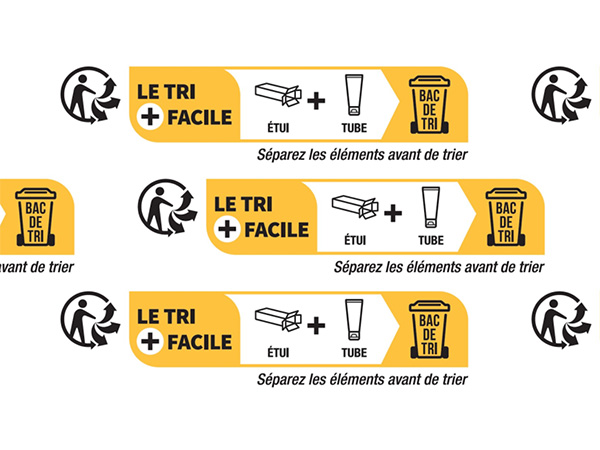
How Ecolabel can improve your marketing strategy
Environmental labelling is a legal obligation and can become a powerful marketing tool. Today, consumers are increasingly sensitive to environmental issues and reward brands that make a concrete commitment to sustainability.
Transparently communicating your company’s commitment through clear and accurate labeling allows you to:
- Improve your brand reputation by paying attention to the environment and taking social responsibility.
- Attract aware customers who look for sustainable products and trust transparent companies.
- Differentiate yourself from the competition, offering added value in terms of sustainability.
- Increase loyalty, creating a stronger bond with consumers who share your values.
Furthermore, the choice of sustainable and low environmental impact materials such as Packly packaging can become a distinctive element of your offer, helping to strengthen your positioning on the market.
Conclusions
Ecolabel is more than a regulatory obligation: it is a strategic tool to promote sustainability, improve consumer communication, and strengthen a company’s competitiveness. Investing in correct labeling means actively contributing to protecting the environment and seizing new growth opportunities in an increasingly green-oriented market.
Do you want to create compliant Ecolabel and enhance your brand? The Packly design and printing platform will help you communicate your green commitment best.
